.webp)
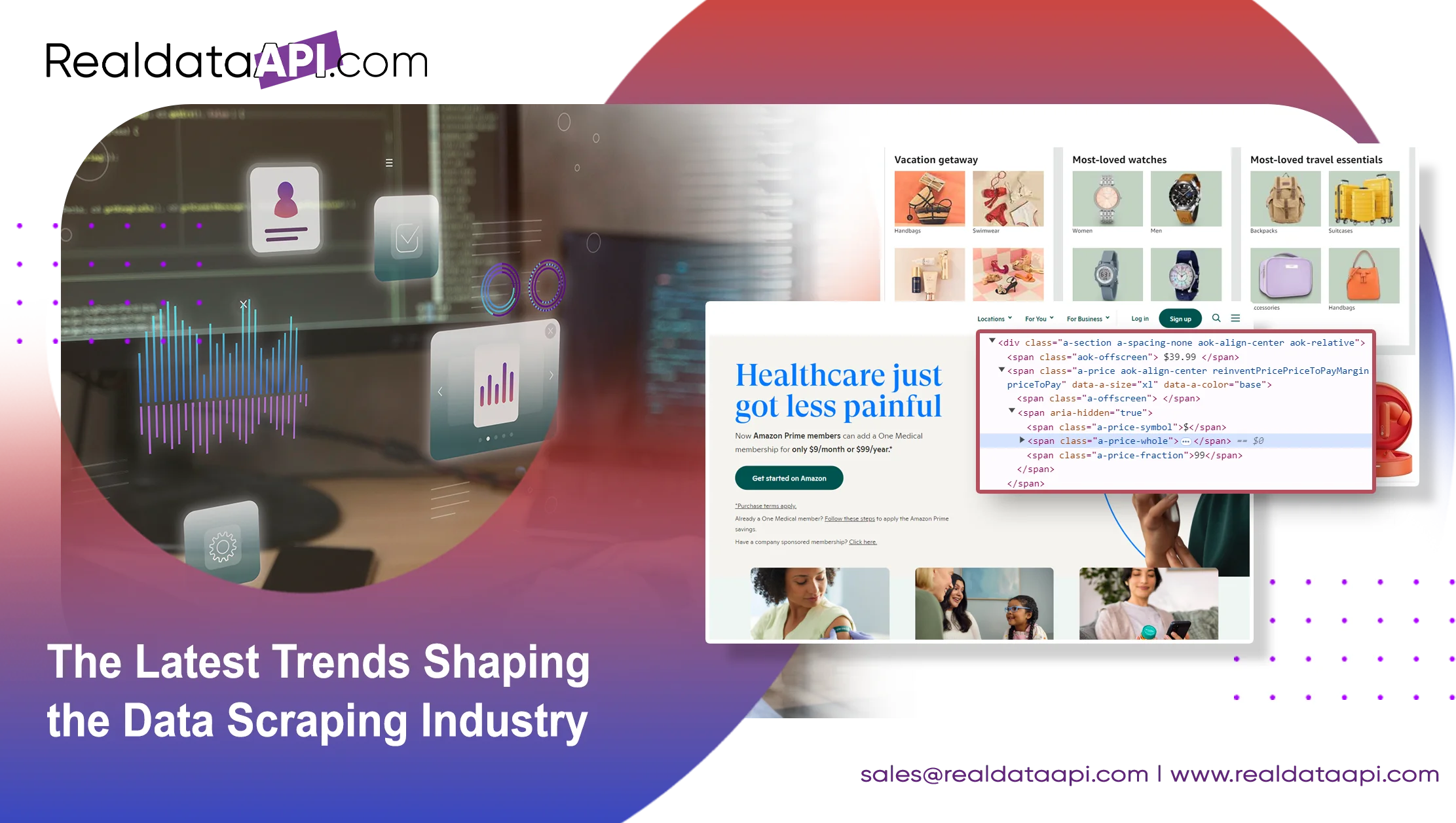
Introduction
The data scraping industry is evolving rapidly, driven by technological advancements, changing regulations, and increasing demand for data-driven insights. In 2025, several key trends are shaping the landscape of data scraping, making it essential for businesses to stay informed. This blog will delve into the latest trends in the data scraping industry, highlighting statistics, innovations, and future directions, including real-time web scraping trends and emerging trends in data extraction technology.
Surge in AI-Powered Data Scraping

Artificial intelligence (AI) is revolutionizing data scraping. AI-powered data scraping tools can automatically identify and extract relevant information, reducing the need for manual coding and enhancing accuracy. According to a report by MarketsandMarkets, the AI market in the data scraping market is projected to grow from $1.2 billion in 2023 to $4.6 billion by 2028, at a CAGR of 30.5%. This growth is attributed to the increasing need for automated data extraction across various industries, including e-commerce, finance, and healthcare.
Key Benefits of AI-Powered Scraping:
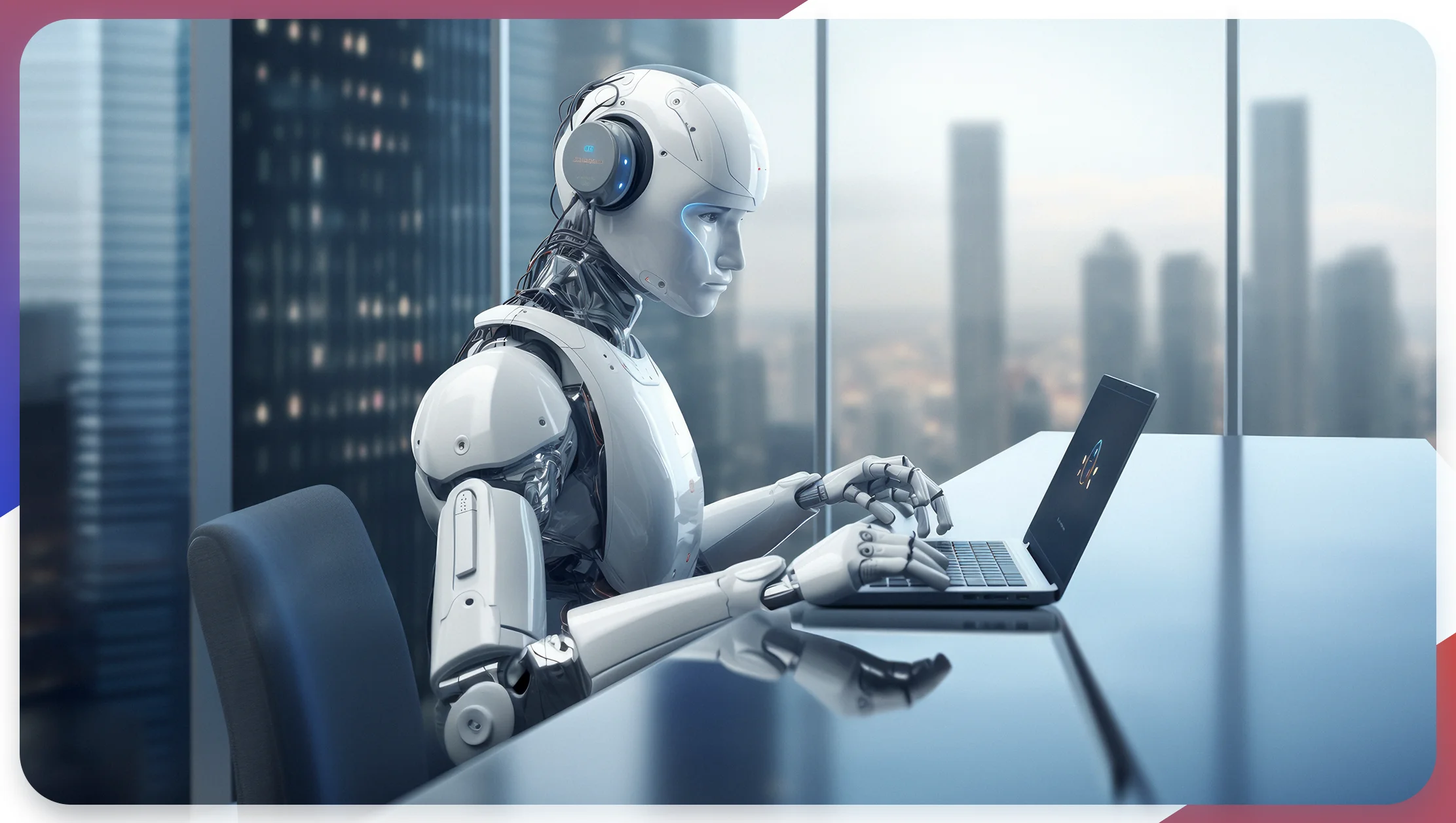
Efficiency: AI tools can process vast amounts of data faster than traditional methods.
Accuracy: Machine learning algorithms improve data extraction accuracy over time.
Adaptability: AI can adapt to changes in website structures without extensive reprogramming.
Trends in API Data Scraping
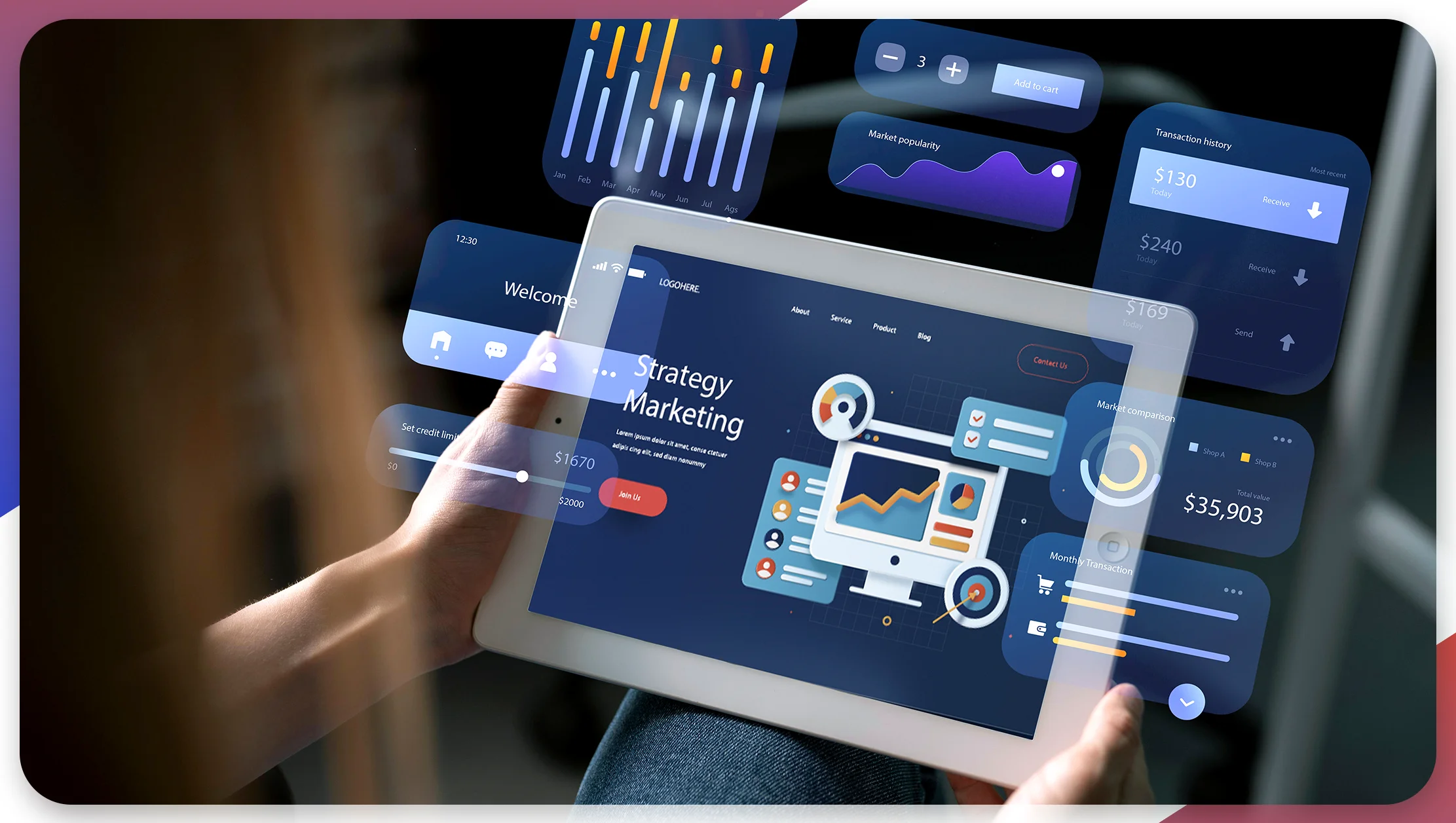
As businesses increasingly rely on APIs for data exchange, the trend of API data scraping has gained momentum. Scraping data from APIs allows for more structured and reliable data extraction than web scraping.
Advantages of API Data Scraping:
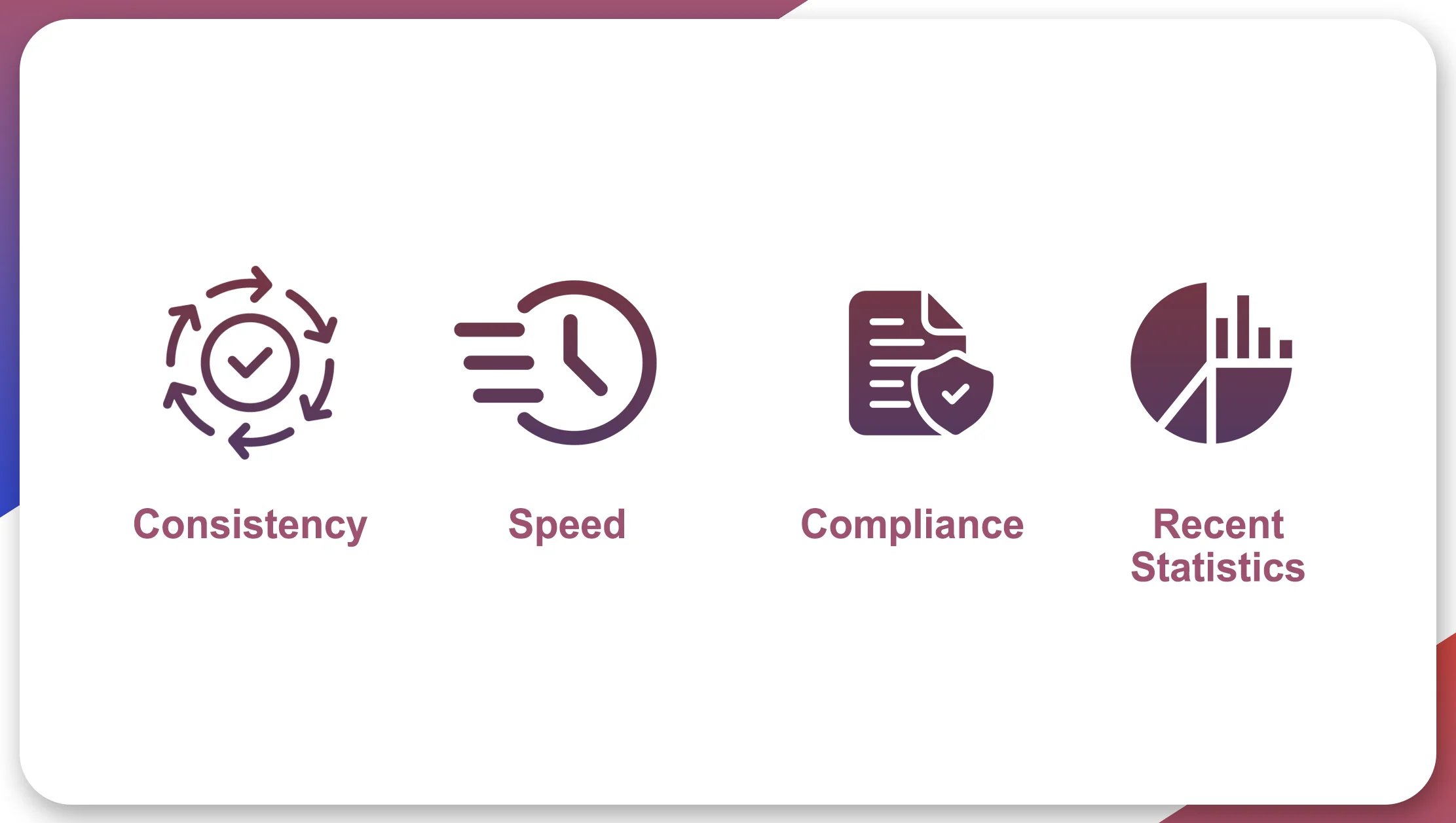
Consistency: APIs provide structured data, minimizing errors associated with scraping HTML content.
Speed: Extracting data from APIs is generally faster than web scraping since APIs are designed for data retrieval.
Compliance: Using APIs often aligns better with legal standards, as data is provided directly by the servic
Recent Statistics:
According to a recent survey, about 70% of businesses reported that they are transitioning to API data scraping to improve the efficiency of their data operations.
Data Scraping Automation Trends
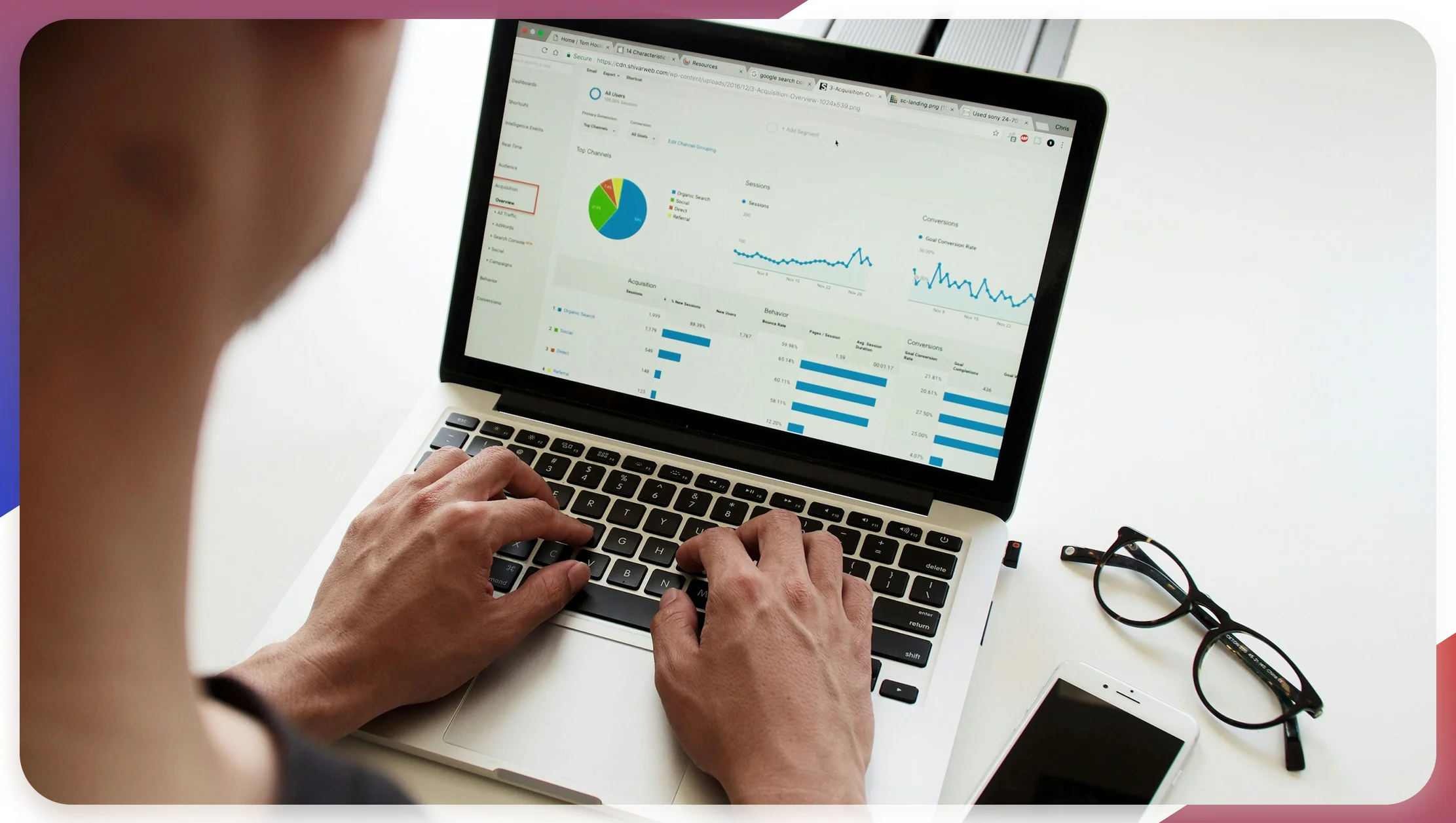
Automation is a significant trend in the data scraping industry. With advancements in robotic process automation (RPA) and machine learning, businesses can automate data scraping, from data collection to analysis.
Benefits of Automation:

Cost Efficiency: Automation reduces the need for manual labor, cutting costs.
Scalability: Automated scraping solutions can quickly scale to handle larger datasets.
Error Reduction: Automation minimizes human errors, improving the overall data quality.
Future Outlook: According to Gartner, RPA is expected to grow by 25% annually, emphasizing the importance of automation in the data scraping landscape.
Legal Challenges in Web Scraping
As data scraping becomes more prevalent, legal challenges are emerging. In 2025, businesses must navigate complex regulations surrounding data privacy and copyright.
Key Legal Considerations:

Compliance with GDPR: The General Data Protection Regulation (GDPR) has strict data collection and processing guidelines. Companies must ensure compliance when scraping data, particularly from European sources.
Website Terms of Service: Numerous websites explicitly prohibit scraping in their terms of service, and breaking these rules can lead to legal consequences.
Case Studies: Notable legal cases like LinkedIn vs. HiQ Labs have set precedents for what constitutes lawful scraping.
Statistics on Legal Challenges:
A survey conducted by the International Association of Privacy Professionals (IAPP) found that 65% of organizations are concerned about potential legal repercussions related to data scraping.
Cloud-Based Data Scraping Solutions
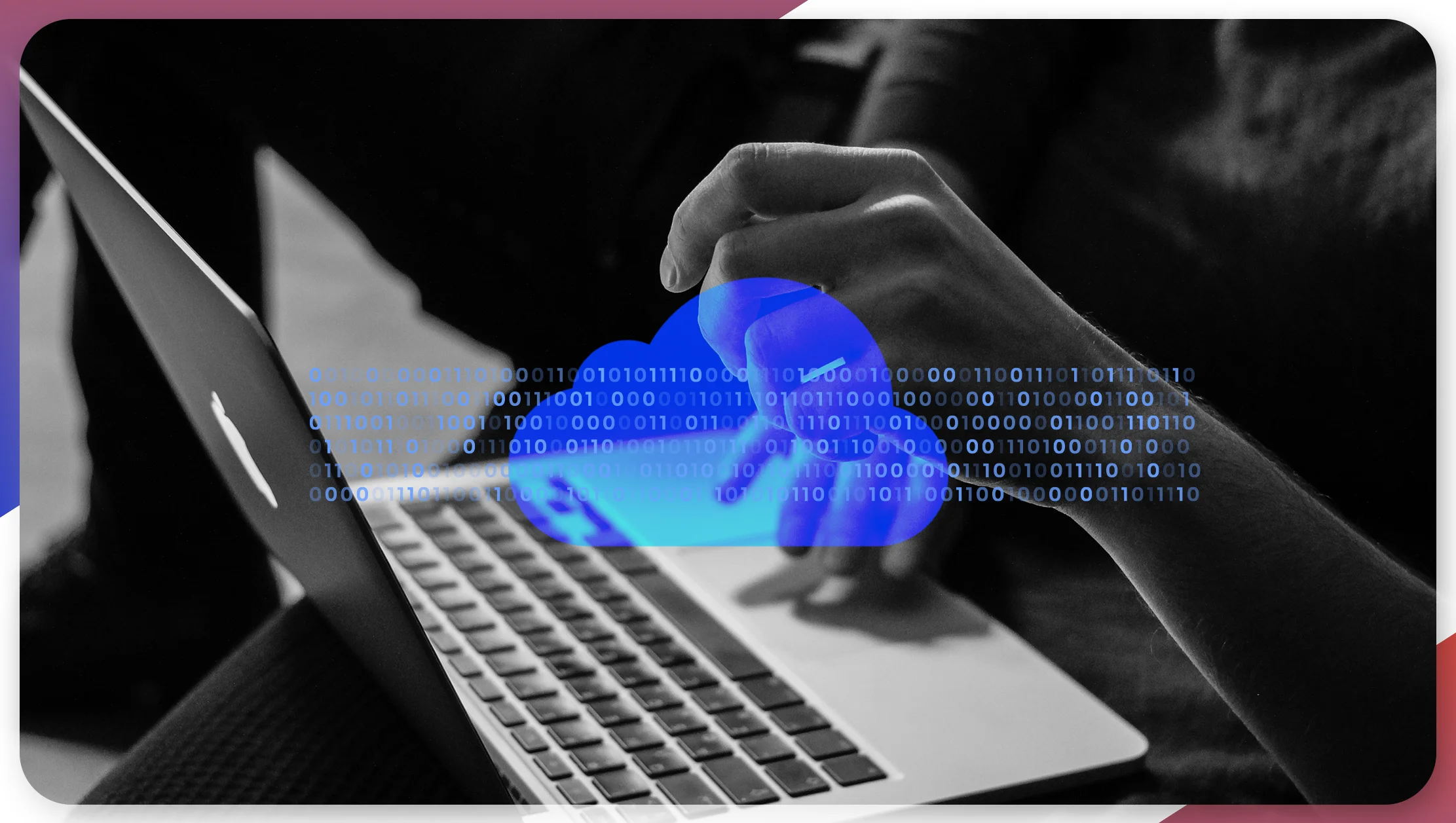
Cloud technology is making data scraping more accessible and scalable. Cloud-based scraping solutions allow businesses to deploy scraping tools without extensive on-premises infrastructure.
Benefits of Cloud-Based Solutions:
Scalability: Businesses can quickly scale their scraping operations based on demand.
Cost-Effectiveness: Cloud solutions often reduce the total cost of ownership, as there’s no need for hardware investment.
Remote Access: Teams can access scraping tools from anywhere, facilitating collaboration.
Current Market Trends: According to a report by Research and Markets, the cloud data scraping market is expected to grow at a CAGR of 22% from 2023 to 2028, reflecting the increasing adoption of cloud technologies across industries.
Ethical Data Scraping Practices
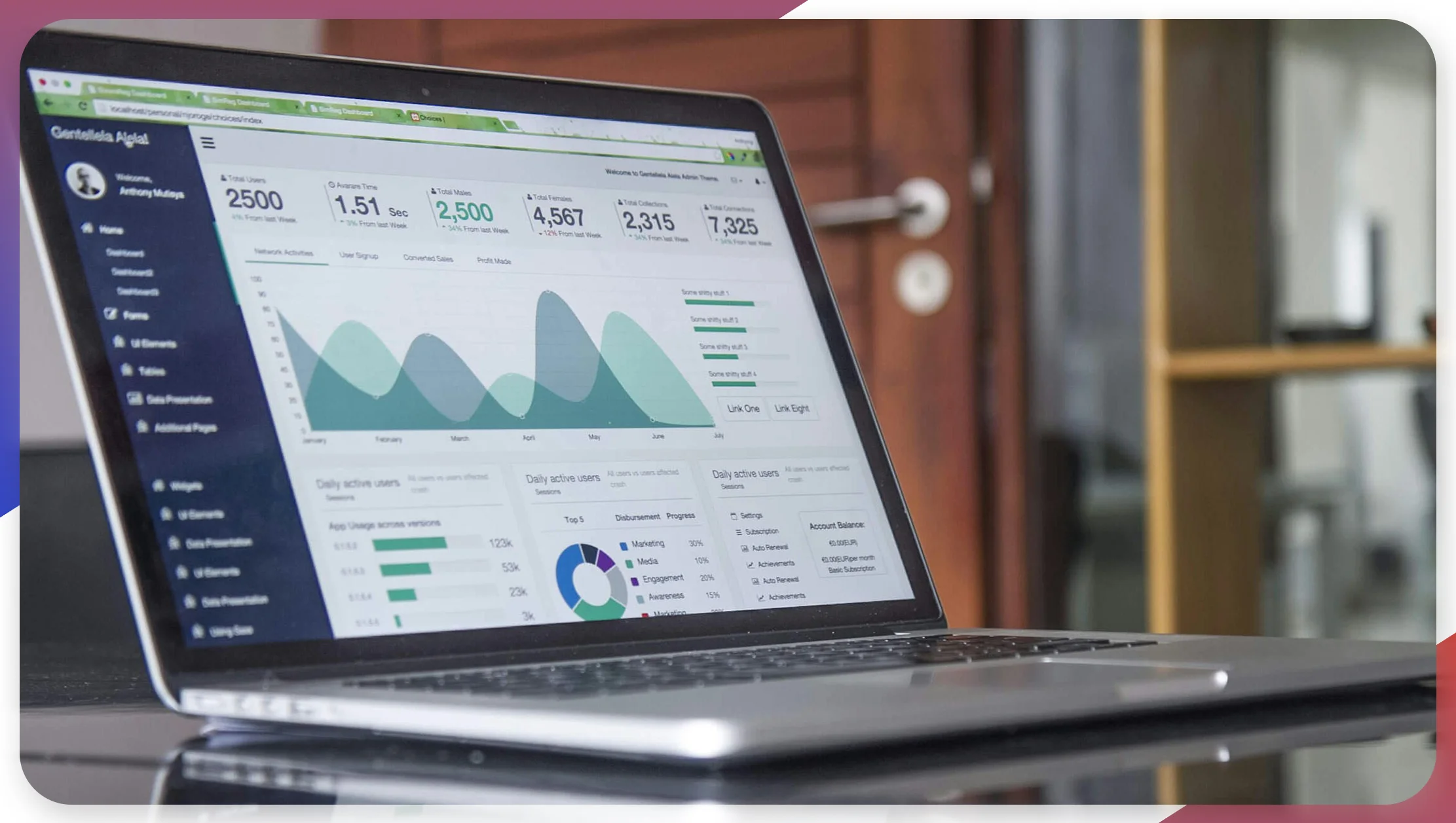
With growing concerns about data privacy and ethical considerations, businesses must adopt ethical data scraping practices. Ensuring data scraping is done responsibly can enhance a company’s reputation and build customer trust.
Key Ethical Practices:
Respect Robots.txt: Check a website’s robots.txt file to understand the scraping policies.
Avoid Overloading Servers: Implement throttling to ensure your scraping activities do not disrupt the target website’s performance.
Transparency: Be transparent about using the scraped data and obtain consent where necessary.
Big Data and Web Scraping Trends

The increasing volume of data generated globally is driving the need for effective web scraping solutions . As big data grows, businesses seek innovative ways to harness this information for insights and decision-making.
Emerging Technologies:
Machine Learning in Data Scraping: Machine learning algorithms are increasingly integrated into scraping tools to improve accuracy and adaptability. These algorithms can help identify patterns and extract data from unstructured sources more effectively.
Real-Time Web Scraping: As businesses demand real-time insights, the trend of real-time web scraping is rising. Companies can now gather and analyze data as it becomes available, enabling faster decision-making.
Statistics on Big Data: According to Statista, the global big data market is expected to reach $103 billion by 2027, up from $59 billion in 2021. This growth will significantly impact the data scraping industry, as businesses will require more advanced scraping tools to process large datasets.
Conclusion
The latest Web scraping industry trends for 2025 highlight the field's ongoing evolution, driven by advancements in technology, legal considerations, and ethical practices. From AI-powered data scraping and automation trends to the challenges posed by data privacy regulations, businesses must stay informed to remain competitive.
As organizations increasingly rely on data to drive decision-making, adopting innovative scraping techniques will be crucial. Embracing these new trends in data scraping will enable businesses to unlock valuable insights, optimize operations, and navigate the complexities of the modern data landscape. By leveraging data scraping innovations, companies can enhance their data collection strategies, ensuring they remain competitive in an ever-evolving market.
Stay ahead of the curve by integrating these latest trends in the data scraping industry into your data scraping strategy and harness the full potential of data in your business operations. As you adapt to these changes, consider the future of web scraping and how emerging data scraping industry trends will shape your approach, ensuring you remain competitive and agile in a data-driven marketplace.
Ready to unlock the power of Google Shopping data? Learn more about how to Scrape Google Shopping API and help your e-commerce business thrive. Contact Real Data API today for a consultation!













